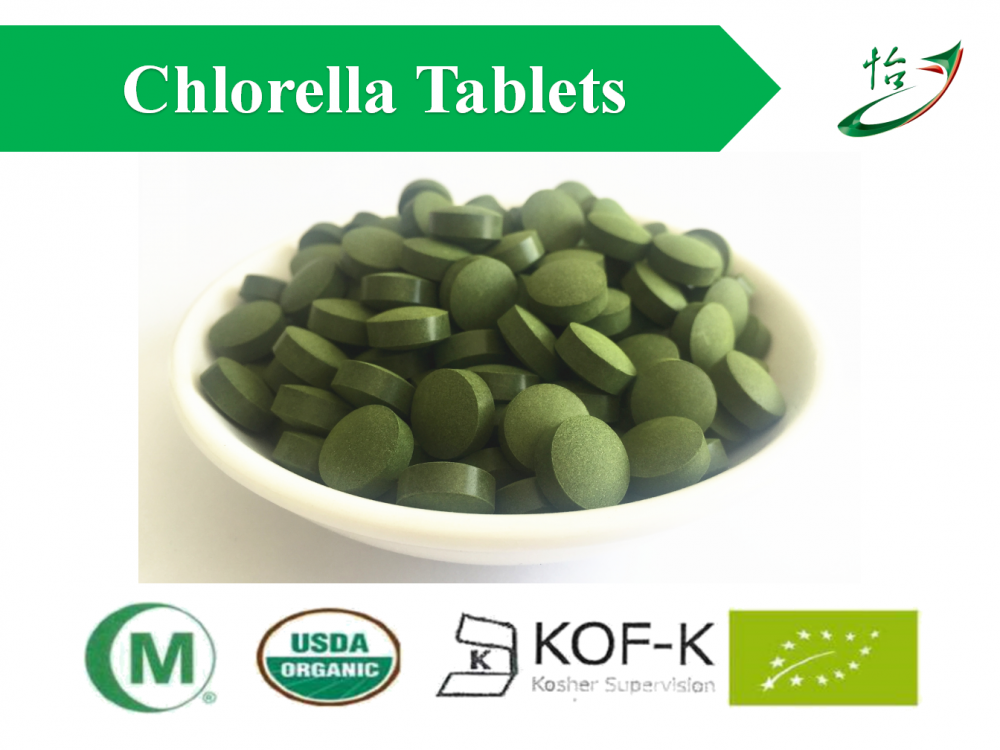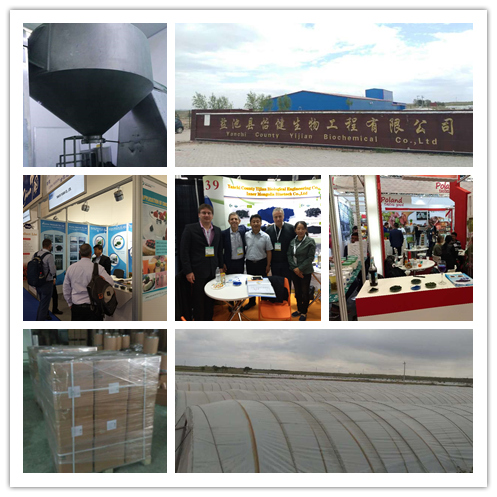Big silver fish processing technology
First, the processing of quick-frozen large whitebait The quick-frozen large whitebait is exported to Japan, Southeast Asia and Europe, and is particularly popular among Japanese consumers. With the continuous increase in the production of large silverbait in the reservoir, quick-freezing large whitebait has become one of the export-oriented aquatic products with higher exchange rates in China.
1. Preservation and transportation of raw fish The whitebait has a small body and thin skin, which is highly prone to spoilage and produces strong seasonality. In order to ensure the quality of the whitebait, it can be taken off the ice when fishing, and it can be kept fresh for the first time. The specific approach is to pick and classify the large whitebait caught on the boat, wash it, and then gently freeze the fish to keep the temperature of the fish's body at -3°C. Then, the layers of fish are put in ice in the insulated fish box. Should do:
1 As the ice is caught, the layer of fish is iced and the ice is clean. The shape of the ice cube is small. The amount of ice depends on the weather, the distance of transportation, and the length of time. Ice fish ratio is 1:1-2:1.
2 Select larger plastic insulation fish boxes, each containing 10kg-15kg of fish, stamped and sealed, leaving a leakage hole at the bottom of the box to prevent the melting of ice and water storage immersed stains and make the fish body white.
3 Connected by land and water transportation, to achieve fast loading, fast delivery, fast unloading, from the production to the processing plant requirements do not exceed 10h-20h.
2. Processing process Raw material processing → Cleaning → Drainage → Weighing → Bagging → Cartoning → Quick freezing → Refrigeration
3, the operating point
(1) Acceptance of raw materials: raw fish requires good freshness, complete strips, natural color, clear eyeballs, muscular elasticity, no dirt mucus, clear cucumber fragrance and no odor. Immediately after arrival, the raw fish is unloaded to the processing workshop, and the rejects are checked out by box, and attention is paid to the bare hand grasping operation. Never use hard tools such as nail rakes or shovels to avoid destroying the integrity of the fish body.
(2) Cleaning: Use fish washers or artificial rinsing. The added large whitebait should be uniform to avoid over-thickness of the fish layer and affect the quality of rinsing. To clean the deep well water or tap water after cooling with ice, wash it several times and then lift it. The cleaning must be rapid, and the processes must be closely coordinated so that no backlog can build up.
(3) ticking, draining: While rinsing, remove ice cubes and weeds floating on the water, and pick out other fish and shrimps. The rinsed whitebait is placed in a container with a leak hole at the bottom and drained for 10 minutes to 20 minutes.
(4) Weighing: Big silver fishes that have been drained are weighed and bagged according to different specifications. Weighing must ensure that each bag of whitebait thawing filter water net weight 500g or 1000g, so depending on the size of the fish and the degree of filtration and weighing 10%. The silver fish pouches are then placed in carton boxes and discharged into specially prepared silver fish trays, each containing 10 boxes and promptly delivered to the quick-freezer.
(5) Quick-freezing: Silver fish trays are arranged in order on the tube rack of the quick-freezer. Quick freezing temperature should quickly drop below -25°C. After 15h-16h, the freezing process was completed when the fish body temperature reached -15°C.
(6) Packing and refrigerating: Immediately after quick freezing, it is shipped out of the warehouse and stored at low temperature. Each box contains 20 boxes and the net weight is 10kg or 20kg. The corrugated paper at the bottom of the carton and the top liner are firmly bound with the external banding tape, and the name, specifications, weight, and date of shipment are marked and sent to the cold storage immediately. Refrigerator temperature should be kept at -182 °C, according to the production batch, specifications, stacked separately, storage does not exceed 12 months. The temperature of frozen whitebait does not exceed -15°C at the time of delivery, and it must be transported at a low temperature by a refrigerated truck when it is exported for export.
4. The finished product quality requires the formation of a frozen block, uniform ice, clean, no air dry oxidation, and black ice due to slow freezing; the shape of the silver fish is fresh and clear, translucent, and has no belly or abdomen swelling. Contaminated mucus, firm muscle tissue, good elasticity; no odor; basically no yellow strips; general body length 18cm-22cm, not less than the prescribed weight after thawing.
Second, the processing of light silver fish dry products Light silver crystal fish processing technology is simple, easy storage, and this processing can be preserved due to the inherent flavor of whitebait, and therefore more welcomed than salt products.
1. Processing process material→cleaning→water soaking→secondary drying→stack cooling→packing→storage
2, the operating point
(1) Raw material treatment: First remove the miscellaneous fish, shrimp and other impurities, pour the whitebait into a bucket that is half a bucket of clean water in advance, add a few drops of useful oil, and stir it by hand for 2 minutes to 3 minutes to remove the foam. Mucus.
In cloudy and rainy weather, fresh silverfish must be washed with different concentrations of alum to prevent decay and to accelerate drying. However, treatment with Alum ice will affect its quality and reduce the product rate. Therefore, the following three points must be mastered with alum water:
1 The weather is good, the sun is strong, and Shaanxi is evaporating. There should be less or less embarrassment. The standard of drowning is to wash away the whitebait mucus, and the fishtail cannot be whitened. The ratio of cesium to water is 1:60. The immersion water can be used three times. The first immersion time should not exceed 1 minute, the second time can be extended to 2 minutes, and the third time can be extended to 5 minutes. After washing, it is dried.
2 When the sky is cloudy, the water evaporates slowly, and the amount of fleas can be more. The standard of drowning is that the fish can be whitened, but the fish can not be whitened, and the ratio of pupa to water is 4:60; It can be used three times. The length of time is mainly based on the fish tail.
3 When the weather is wet on a rainy day, it is likely to be mild and rotten. The ratio of pupa to water is 12:60. The silverfish are soaked in the muddy water until the whole body turns white. After the weather is fine, it is rinsed with clean water and dried. It is generally used when it rains continuously for one or two days in a thunderstorm season.
(2) Drying for the first time: Spread the treated raw materials on a sun-dried fish net rack on a ship, gently press it and dry it in sunlight. Thin and evenly spread when drying fish to shorten drying time and accelerate drying. After drying, enter the cabin for temporary storage.
(3) The second drying: after 3-5 days and then drying on the cement floor, the thickness of the sun drying depends on the degree of the first drying. The first drying is 7-80%, the thickness is 6cm-10cm, 90% or more, and the thickness is 10cm-15cm. After drying for 1h, turn over the sun and then dry the finished product evenly. Turn it over once every 10 minutes to 15 minutes, and once every 5 minutes under the hot sun until it is completely dry.
(4) Drying drying standard: To identify the standard for drying, except for the wet feeling in hand, it is desirable to have a whitebait on a separate middle finger and forefinger, with the thumb pressing down on the middle part of the fish. Brittleness can be broken, or there is a break in the white mark, which is dry completely. During the sun should pay special attention, can not be over-drying, or easy to break after packing.
(5) Packing: Dry the complete whitebait, move it into the warehouse, stack it on the wooden board, after a day and night, until the heat diverges, after completely cooling the packaging, if with hot packaging, it is easy to crush or heat deterioration. It can be packed in sacks, 50kg or 100kg per bag, and it should be compacted when packaging. Otherwise, it is not only bulky and difficult to handle, but also has large gaps in the middle, which is easy to absorb moisture and cause deterioration. It can also be sealed and packaged in different specifications of plastic bags. The finished product can be stored for more than six months. Under refrigerated conditions, it can be stored for one year.
3. Finished product grading of finished silverfish and dried product grades, mostly based on experience. First-grade products: dry, uniform in size, no blemishes or blemishes, fresh in sunlight, no impurities, white in acquisition, After becoming a flesh Secondary products: dry, uniform in size, heavier drowning, fresh in the sun, dry and slightly curved, acquired slightly yellow, and later turned yellow. Third grade: dry, uniform in size, rainy, dry, heavy, dry, contaminated, yellow when acquired, later changed to red and yellow.
This classification summarizes the Chlorella Tablets produced by our own factory in northwestern of China .
We have advanced equipment and strict quality control system to ensure the quality and production.

The products under the classification are:
1. Chlorella Tablets .
Various parameter specifications of our product:
Naturland Certified ; CERES certified .
EU & NOP standard ; Kosher & Halal Available .
Low heavy metals & Micro Contents , Low & Stable PAH4 Level ,
PAH4 value is less than 10 ppb .Low microorganismsNon-Irradiation ,
Non GMO , Gluten Free , Allergen Free , Pesticides Free .
Own Factory : Manufacture in northwest of China . Legitimacy , Regularity , Cultural .
Own Lab : Quality control and Product development . Strictly , Creativity , Responsibility .

About Company
Yanchi County Yijian Biotechnol Co.,Ltd
was founded in Dec 2012 ,
by Mr. Dezhi Zhang ,
the legal representative of the company .
Company registered capital is 10 million RMB .
The main business sectors are culture , processing , internal sales , import and export trade of Organic Spirulina and Organic Chlorella products .
Yijian is known globally as one of the major suppliers of microalgae products across the world .
Annual production rate is 600 Mt .
Average annual sales income is around 5 million dollar .
Chlorella Tablets
Chlorella Tablets,Organic Chlorella Tablet,Organic Chlorella Powder Tablet,Chlorella Powder Tablet
YANCHI YI JIAN BIOLOGICAL PROJECT CO.,LTD , http://www.spirulina-yj.com